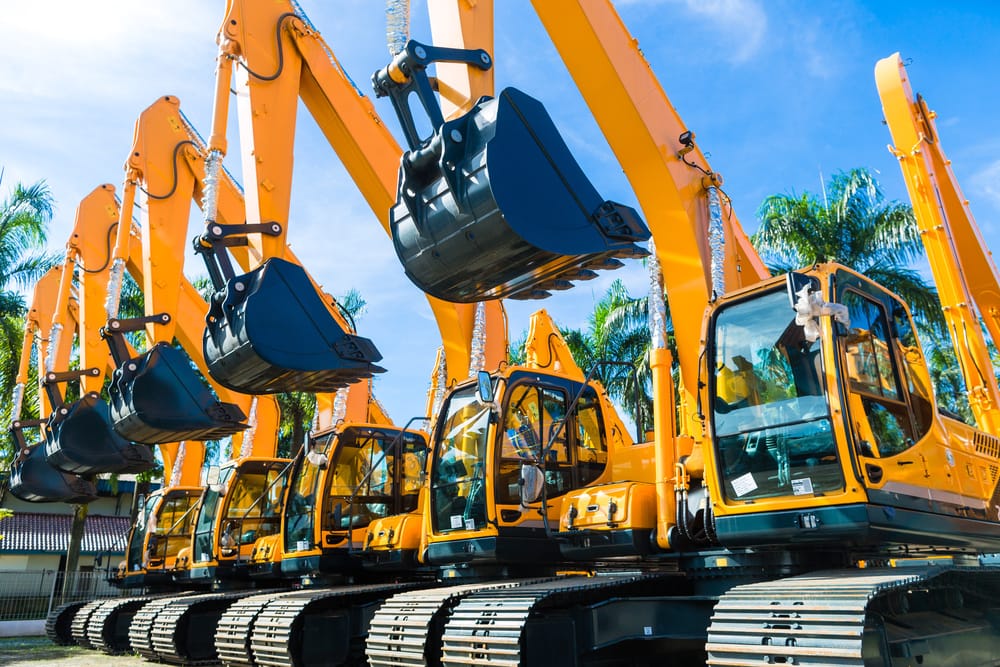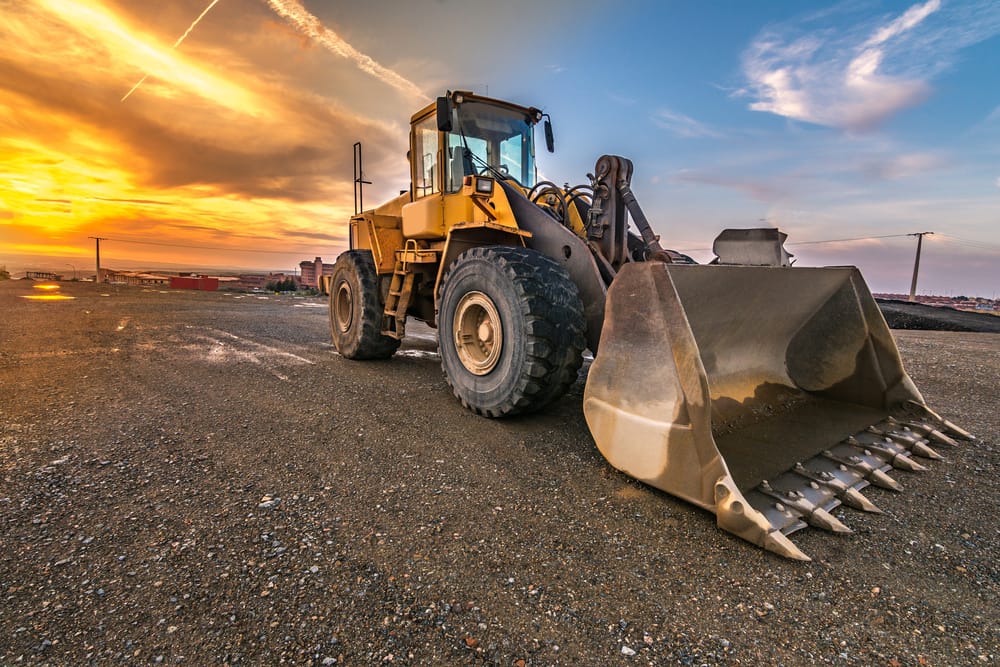Heavy equipment is an expensive investment that requires proper care and maintenance to avoid disruptions in your daily business operations. Keeping such valuable assets in peak condition allows your workers to get the job done efficiently and quickly, boosting their productivity level.

Regular heavy equipment care and maintenance may also extend their lifespan and boost their efficiency. However, it’s essential to remember that not all heavy equipment pieces are identical. Each is unique and has different components. If you have heavy equipment but don’t know how to maintain or care for it, read this guide below.
1. Schedule Regular Maintenance Check
Your heavy equipment requires frequent assessments from a professional mechanic. A routine checkup on your equipment’s functionality keeps its performance on track. It must also be combined with simple repairs as soon as you notice some issues.
It may be handy to hire a professional to get the best results with regular maintenance checks. For example, if you have heavy equipment units that use a clamping knob, you need help from professionals to choose the best-suited machine knobs. Selecting the right one is crucial so that safety and productivity remain high. If the wrong knob or handle is chosen, it might result in injuries, production stalls, and equipment breakages.
2. Create A Policy For Heavy Equipment Usage
Another way to keep your heavy equipment in tip-top shape is to have a policy for heavy equipment usage. For example, create daily or monthly checklists at the start of every shift to inspect every equipment unit for items or issues requiring servicing. Such checklists must include any required operating parts, lubricants, safety items, and cleaning.

After the shift, parking heavy equipment in places, such as buildings or sheds, to prevent the elements may impact the required maintenance work over time. A clean-off schedule and end-of-shift checklist may determine minor areas that require overnight work.
3. Read And Follow The User’s Manual
Whether you own or rent heavy equipment, you should remember that every model and make of heavy equipment has different features and components. In that case, make sure to refer to the user’s manual. It’ll provide specifications and a schedule for that certain equipment.
An industry organization site is also helpful when looking for the right details on maintaining heavy equipment. However, a good way is to start with your employees. Involve everybody in the program, such as managers, operators, and technicians. They may help you create a comprehensive checklist for every piece of machinery.
4. Clean The Equipment Thoroughly
Cleaning your equipment thoroughly is as critical as maintaining lubricant levels. However, many organizations tend to neglect this step. Dust, dirt, and soot may clog filters, vents, cooling fans, and seals, reducing the unit’s overall performance in the long run. Ensure to check every element of the machinery carefully.
The simplest way to clean heavy equipment is to use a hose that forcefully eliminates the dirt’s traces. But some parts of the machines, including pins, iron chains, and brass bearings, are complicated to clean using a water hose. Moreover, they may have stubborn contaminants, including grime and grease. To clean those parts, you might have to use special cleaning solutions, such as steam cleaning, acid washing, and pressure or power washing.
5. Stick To The Equipment’s Performance Limits
A search online for heavy equipment spins will provide you with countless results. But heavy construction equipment isn’t developed to withstand high-speed turns and movements, and they may cause massive fatalities and damages.
Regular heavy equipment operation is draining and cumbersome, frequently pushing the operators into overloading the machinery to work quickly. While these actions will help your workers get their job done immediately, they can accelerate the wear and tear of heavy equipment parts. Sticking to the recommended performance limits regarding load sizes and speed is necessary.
6. Ensure Regular Lubricant Analysis
Regardless of what your operations look like, every type of heavy equipment depends on lubricants to function better. Such liquids decrease friction around the moving parts, preventing wear and tear. The lubricants may also prevent soot buildup, which helps keep the heavy equipment’s interior clean.
For effective regular lubricant analysis, there are several things you need to remember. One of these is to use the prescribed lubricant type or brand recommended by the manufacturers or the one stated in the user’s manual. Then, regularly check the lubricant level and observe excessive oil seal leaks and grease buildup.
You must also use the proper amount of lubricant. Too little amount of lubricant may increase the risk of wear and tear and friction. On the contrary, excessive lubrication may cause performance issues and grease buildup.
Final Thoughts
Heavy equipment requires extensive operator training and substantial financial investment. The only way to get a good return on investment (ROI) is to keep your units in optimum condition. The above guide will help you increase its longevity and care or maintain your heavy equipment. Implement the tips properly to see results immediately.
